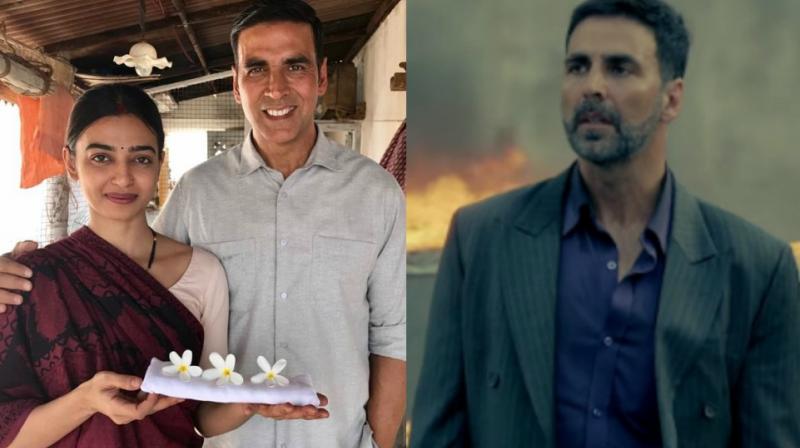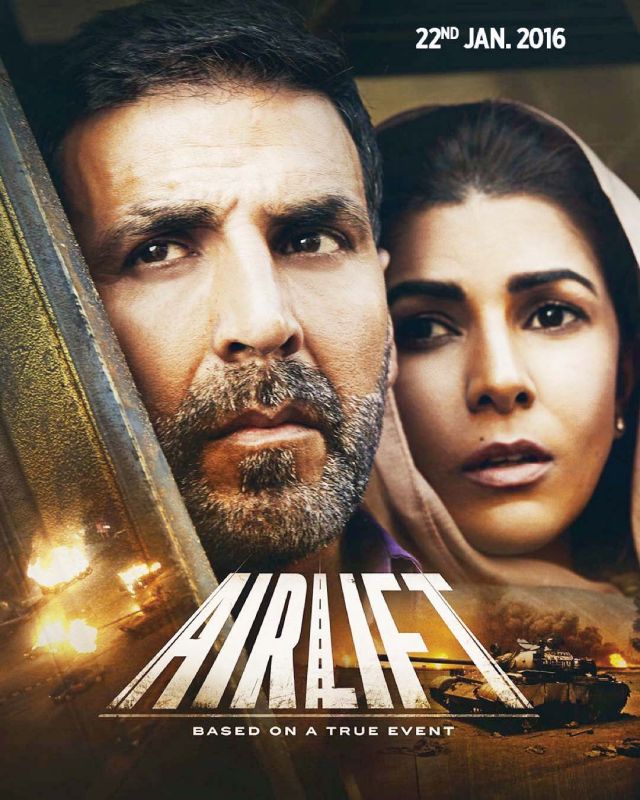Akshay's Padman, Airlift: Why Bollywood films go from South to North

Based on the story of Arunachalam Muruganantham, who created low-cost sanitary napkins for women, the Akshay Kumar-starrer Padman definitely has a message worth spreading. However, the film, which has a social meaning, has one glitch. The inspiration for the film, Arunachalam, was based out of a hamlet near Coimbatore in Tamil Nadu. Akshay’s mileu, on the other hand, is Madhya Pradesh. And this is not the first of the actor’s films to get the North Indian treatment. His previous film Airlift, majorly drawn and inspired by Sunny Mathews, a Malayali, who led the evacuation drive in Kuwait in 1990, was once against in a North Indian setting.
Changing backdrops and characters to a north Indian setting may be a commercial decision, but it also has deeper connotations for society at large, warns Mihir Pandya, film critic and author of Shahar Aur Cinema Via Dilli. “It may be a business decision to shift the setting to North Indian contexts, but it is also very telling of the mentality of filmmakers at large. You are assuming that the story and characters that you have picked from South won’t be accepted by your audience in North. That, in itself, is a worrying sign for Bollywood,” he says. “In a non-fiction film, the strength is the backdrop. It’s is the shortsightedness of filmmakers and actors to assume that audiences won’t accept South Indian characters. Our audience has evolved so much. Earlier we had a belief that Dalit characters as heroes won’t be accepted but see, films like Masaan worked.”
National award winning filmmaker Nila Madhab Panda agrees. “I don’t think the movies get any extra mileage from making the characters North Indians. The story must be compelling, and there should be entertainment value. The audience is accepting all kinds of characters. Chennai Express was a huge hit and the female protagonist’s role and the whole set-up was South Indian. Also, in a biopic, the essence of where the person hails from can’t be changed. Even if it is fiction and is loosely based on a certain individual, where’s the harm in saying he is a South Indian? I simply can’t make a movie supposedly like Biju Patnaik: The Warrior Hero, [a former Odisha CM] and show him as a Punjabi.”
Filmmaker Avinash Das, who helmed Anaarkali of Aarah, says that just monetary benefit doesn’t excuse the deviation of facts, especially when the story is about someone who had to struggle so much. “It is using your creative licence for a kind of betrayal. The man, Arunachalam, had to struggle to reach the stage that he did. If you hear his TED talk, he is also proficient in English, though he does speak accented English. While making the film North-oriented, Akshay has also made it a bit caricaturish, especially the part where he is speaking broken English. All of this undermines the efforts of the man on whom the film is based,” he laments.
 Airlift Poster
Airlift Poster
The situation, however, is not as black and white as it may seem and a director’s decisions have to be practical as well as ethical. R. Balki, who is directing Padman, may be from Tamil Nadu himself, but he has found himself in a catch-22 situation, says actress Tannishtha Chatterjee. “The problem is that no one wants to watch a movie if it doesn’t have stars in it. The Bollywood audience is also mostly the North Indian, Hindi-speaking belt. So, a director needs to take a call — to create an authentic film, which will then only gain critical acclaim, or work with stars and create a commercial hit,” she muses.
Mihir points out that the tendency to shy away from the South, when it comes to films, points out the mentality of the country at large. “This hegemony is reflected not just in our cinema but in our society as well. Cinema is just a by-product of the prejudices that exist in the society. How many of our PMs were South Indians? Even Gujarat is visible in our cinema after the state’s significance rose in national politics. Prior to that a Gujarati, a ‘Madrasi’ or a Marwari were mere caricatures in films. We shouldn’t only analyse what cinema is showing but also see what it isn’t showing,” he concludes.
With inputs from Pratyush Patra

